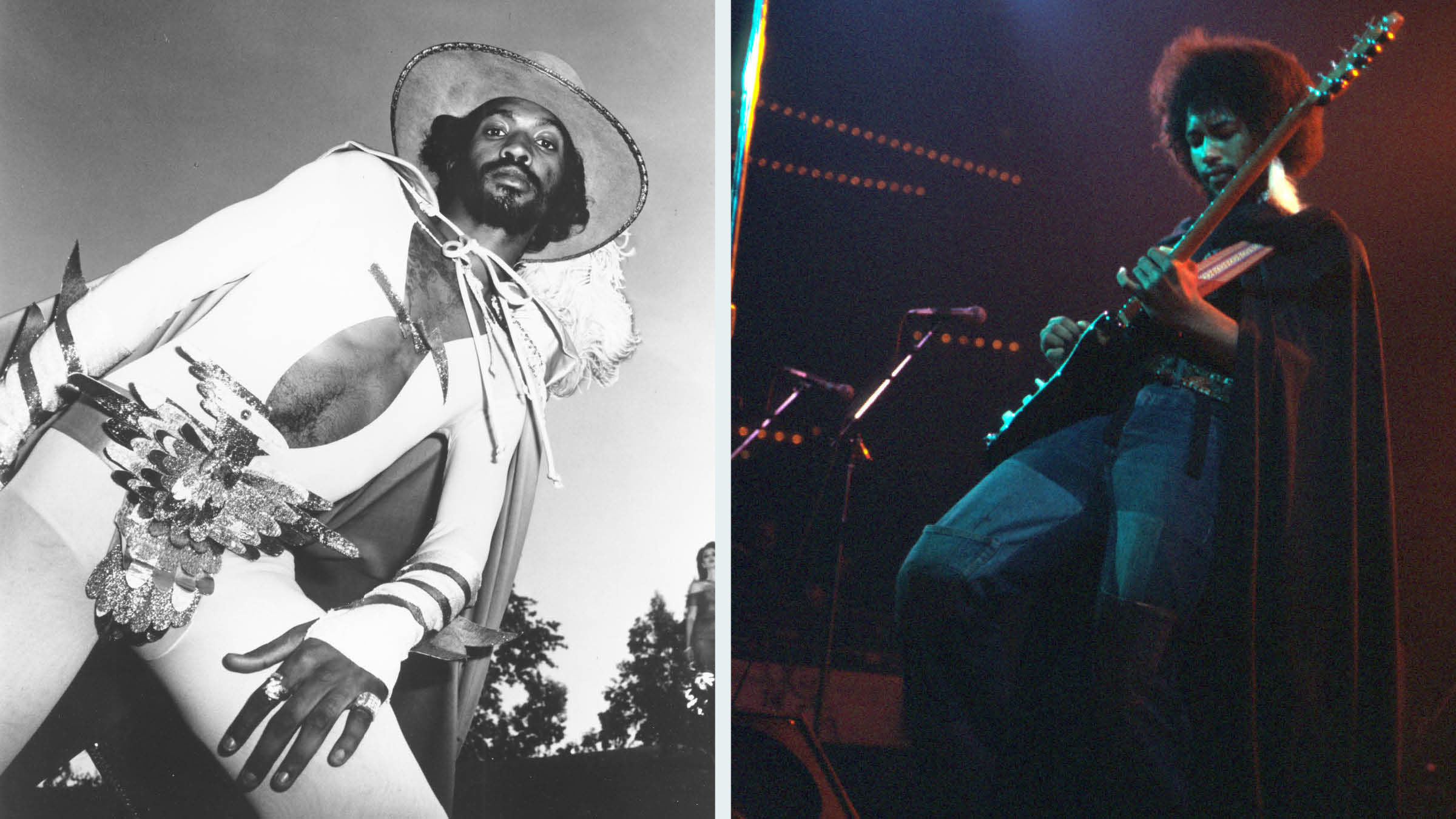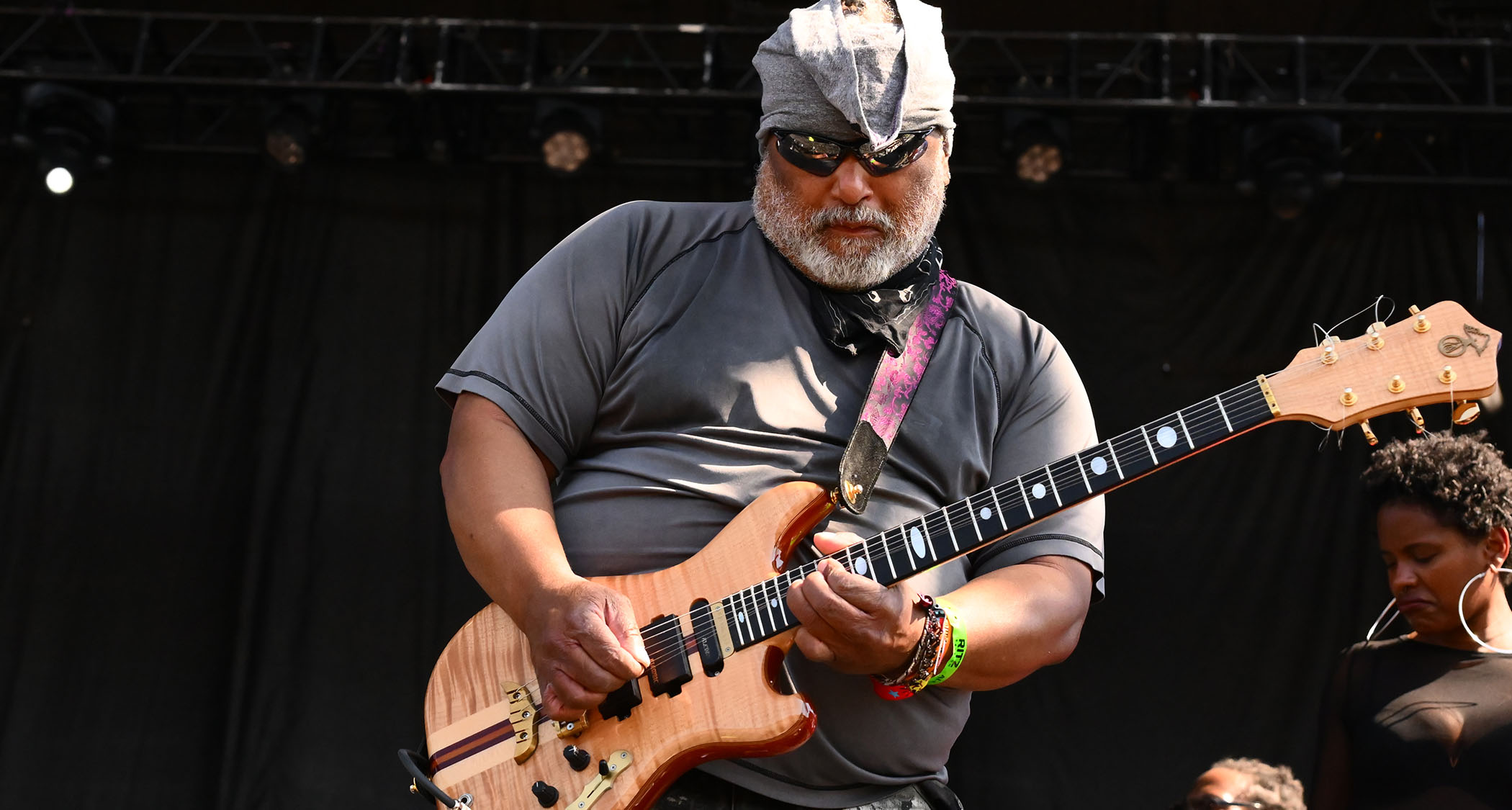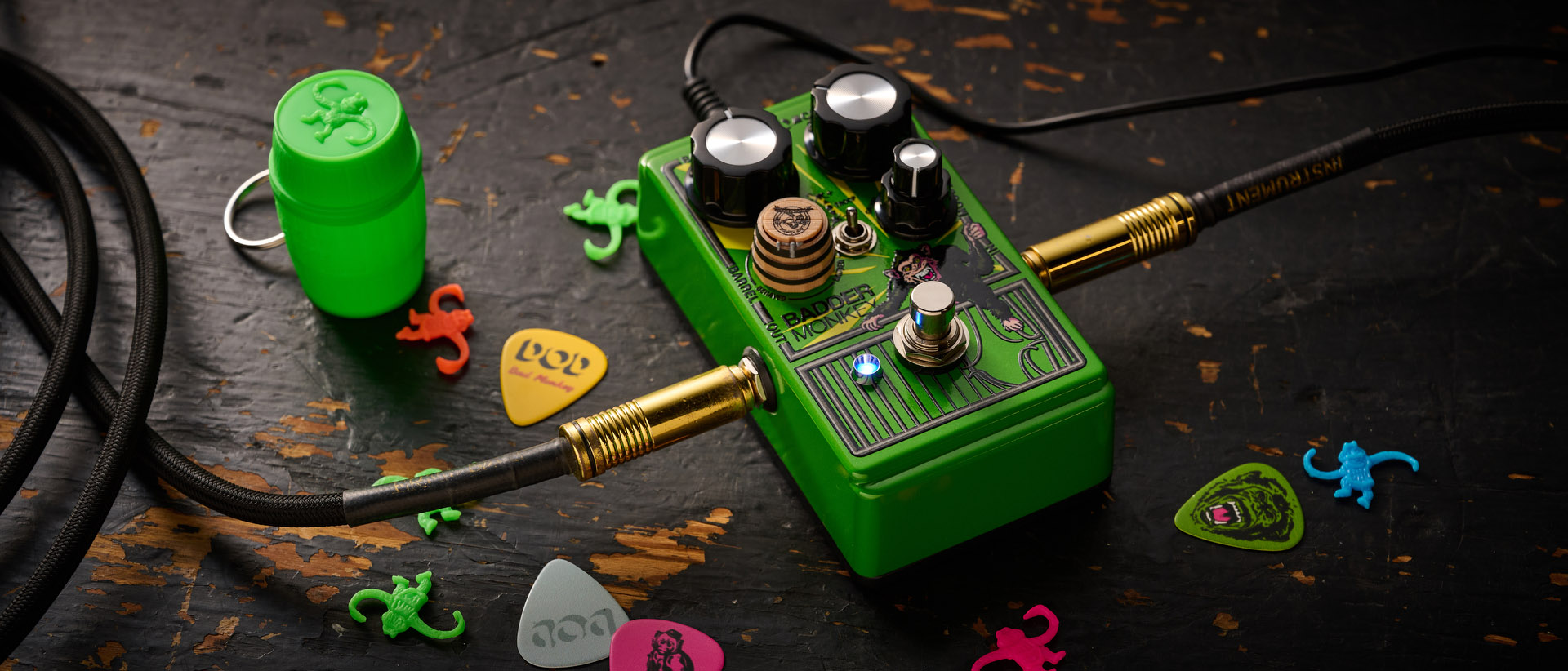“Even today, there’s little nuances that Eddie did, and I can get close, but it’s about trying to capture the feeling”: Why George Clinton’s P-Funk All Stars never shined so bright as when ‘Kidd Funkadelic’ and Eddie Hazel joined forces on Maggot Brain
Woodstock '69 finally had some competition as the ultimate acid guitar jam when Rockpalast 1985 united two funk-rock guitar gods under a trippy groove

Funkadelic’s Maggot Brain remains one of electric guitar's ultimate trips. It has got a lysergic energy all of its own. This is funk-rock as mysticism, the sound of Eddie Hazel seeing through the third eye, being guided by George Clinton who – by all accounts – was at the time transcending physical form under the influence of LSD.
The record was tracked at Detroit's United Sound Systems, in late 1970, early 1971. But Clinton was existing outside of time; he was tripping balls. His mind was elsewhere and everywhere else, all at once – at one with the firmament. This hallucinogenic context to the track’s inception brings a whole new meaning to the sentence, “Who’s got the tab for Maggot Brain?”
But Hazel didn’t get the last word on the track and how it would be performed. After his exit from Funkadelic in 1971, the New Jersey P-Funkers drafted a coltish teenager from Cleveland, Michael Hampton, into the P-Funk collective.
They called this phenom Kidd Funkadelic, and he would put his own spin on Maggot Brain.
The legend has it that Hampton landed the Funkadelic gig after playing Maggot Brain note-for-note, nailing Hazel’s original solo. But if that is true or not Hampton plays it down.
After the show, at the party, he goes to me, ‘Play Maggot Brain, record it, and we’ll give it to them. Good luck
Michael “Kidd Funkadelic” Hampton
Last year, he told Guitar World that he was just trying to capture its essence. It’s a fool’s errand trying follow Hazel down to every grace note.
“The whole story starts in Cleveland. Funkadelic was doing a show at the Public Hall Auditorium,” said Hampton. “After the show, this older guy would throw these parties for the band. He knew the guys and that they needed a guitar player. So after the show, at the party, he goes to me, ‘Play Maggot Brain, record it, and we’ll give it to them. Good luck.’
All the latest guitar news, interviews, lessons, reviews, deals and more, direct to your inbox!
“But the note-for-note stuff, I can’t say that’s true. I tried to do it as close as I could to the record; I’d played the album, learned it and practiced it, so I could play it from my memory close enough… The note-for-note stuff: there are so many nuances. Even today, there’s little nuances that Eddie did, and I can get close, but it’s about trying to capture the feeling.”

The worm, however, turns. Hazel never entirely exited the P-Funk orbit, and periodically performed with the band, and that brings us to this moment in guitar history: a two-hander between Kidd Funkadelic and Hazel, trading licks onstage during George Clinton and the P-Funk Allstars’ 1985 performance at Rockpalast Open Air Festival and filmed for a televised broadcast on German station WDR Fernsehen.
Clinton, as ever, is master of ceremonies, introducing the instrumental with a paean to Mother Earth. His mullet is a force of nature. But Maggot Brain is fundamentally a guitar track, and Clinton duly turns it over to Hampton and Hazel to do their thing. Clinton, of course, remains involved; he’s the conductor and spiritual conduit through which all of this gnarly heavy-funk guitar noise flows.
Hampton says he likes to play around with his version of it live – this is a living, breathing piece of music – but he’ll look to Clinton for direction.
“My live version of Maggot Brain, for some people, that’s the only version they know,” he said. “The one I did was based off the original – but sometimes I like to switch it up. I do that during live shows: I’ll add to it and then I’ll edit it in real time.
“You start off trying to do it like the record and then it morphs, and it’s about getting the audience revved up. And pretty soon I’ll say, ‘Okay, I want to keep there,’ and I’ll be looking back at George, saying, ‘Where are we going with this?’ so it’s never quite note for note.”
This ‘85 footage is a sign of the times. The Fender Stratocasters sit this track out (though there is one in the background). We’ve got Floyd Rose-equipped Superstrats. The Marshall amps are present and correct. Both players are not shy with the gain.
Hampton says Hazel’s return could be “a little tricky” because, well, Hazel was a free radical, a genius, unmoored to the original recording. But Hampton found a way to make it work.
“He did his thing and set a mood by starting low and coming up high,” he said. “He’d do his version and then after he was finished, and got everything off, I’d come in. I’d start from the top again and give the gist of whatever the original was, and then we’d meet at the end of it and we’d trade off.”
Maybe that was the spirit of Maggot Brain in the first place. It was, it is, it will be forever radical, revealing more of its secrets as it pulses towards its conclusion – the tempo, such as it is, feels like a tide coming in, building to a flood. It was Hazel’s high-water mark. On this occasion, Hampton joined him there. Check it out above.
Jonathan Horsley has been writing about guitars since 2005, playing them since 1990, and regularly contributes to publications including Guitar World, MusicRadar and Total Guitar. He uses Jazz III nylon picks, 10s during the week, 9s at the weekend, and shamefully still struggles with rhythm figure one of Van Halen’s Panama.
You must confirm your public display name before commenting
Please logout and then login again, you will then be prompted to enter your display name.



